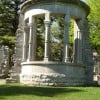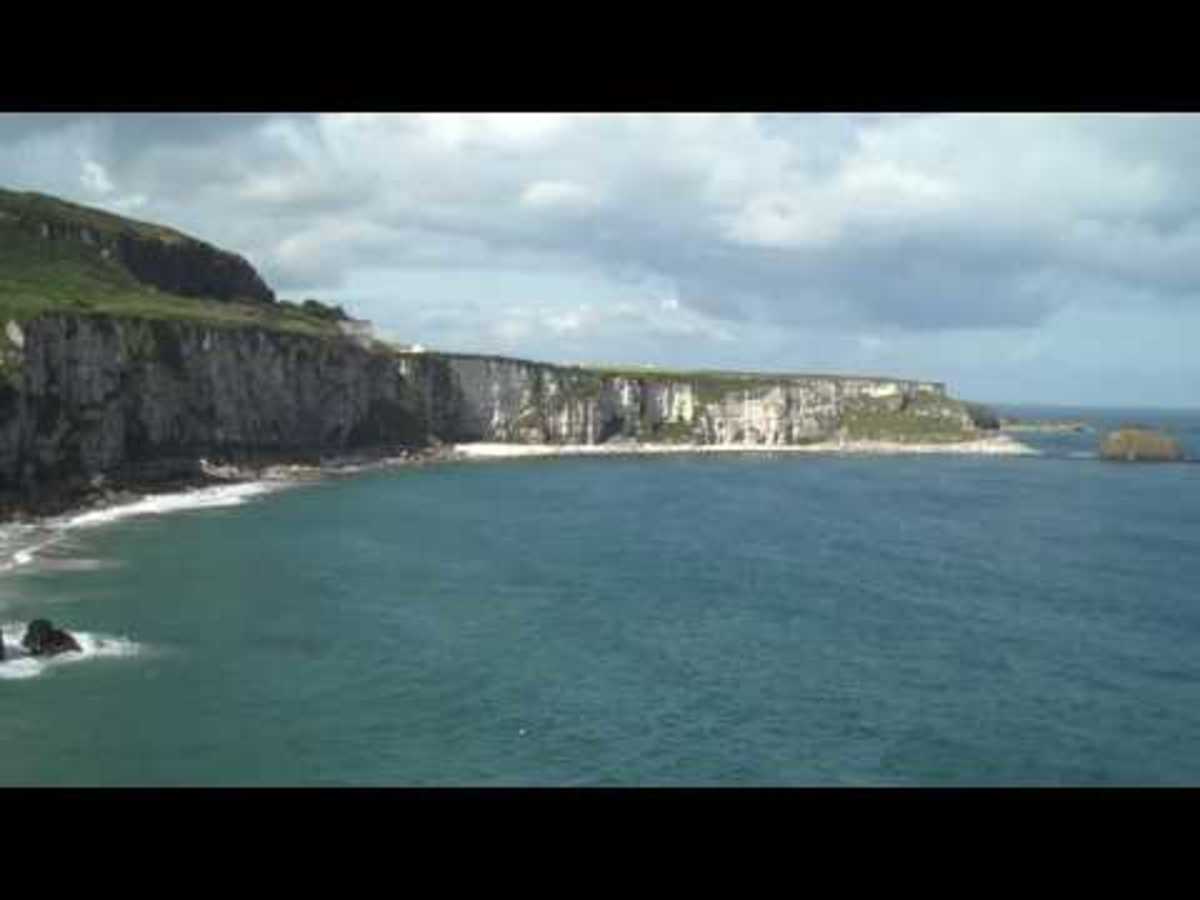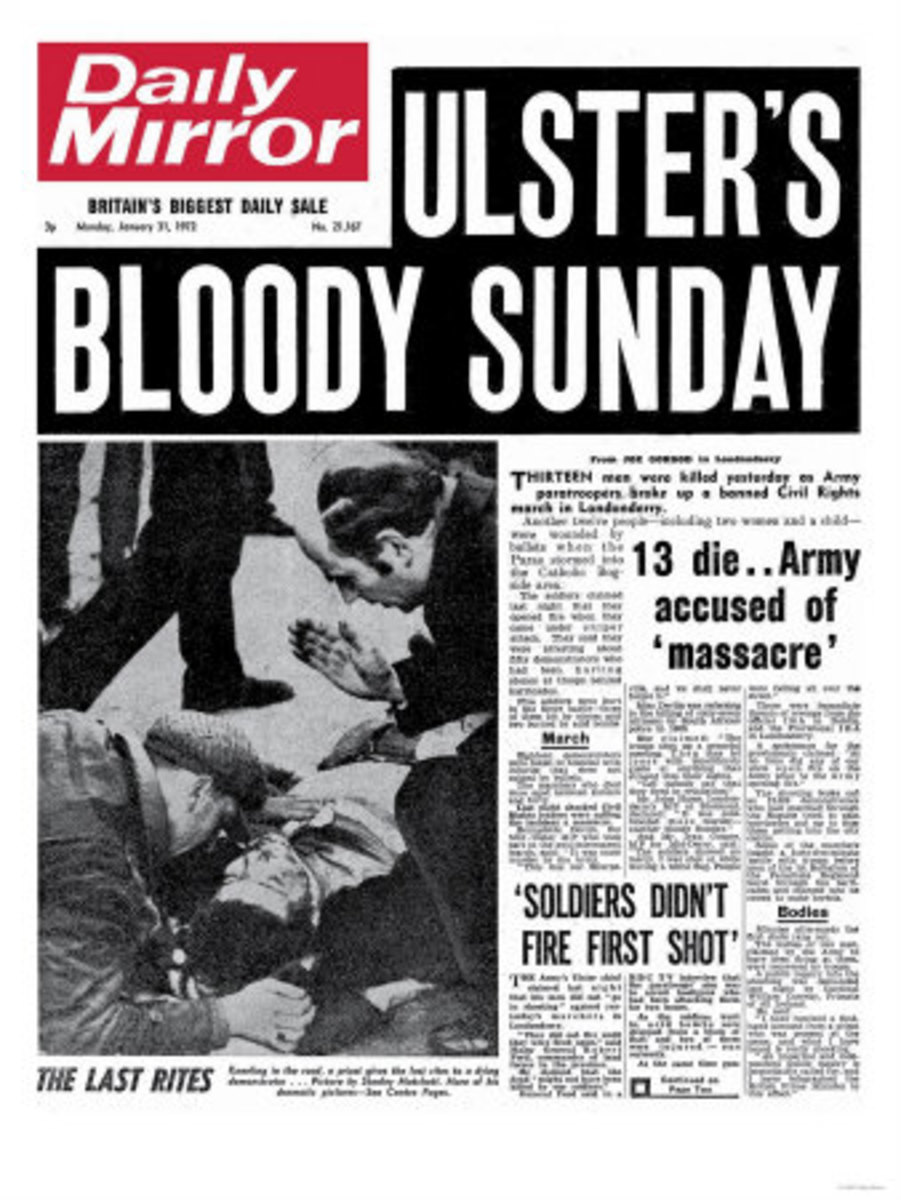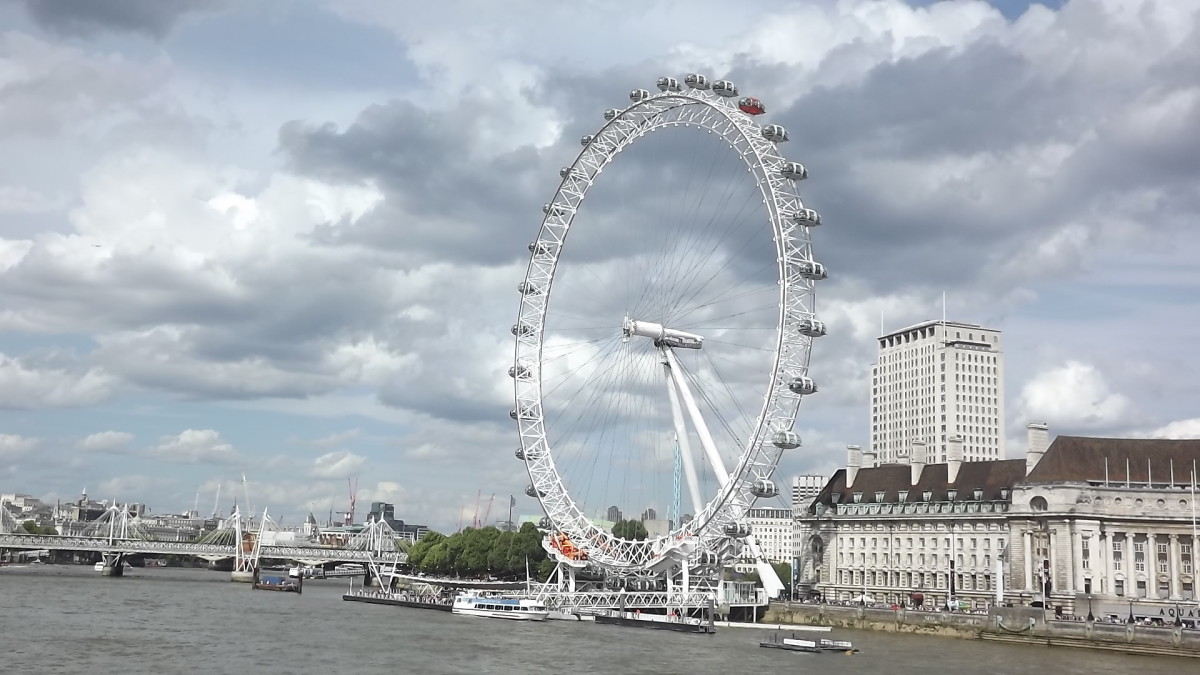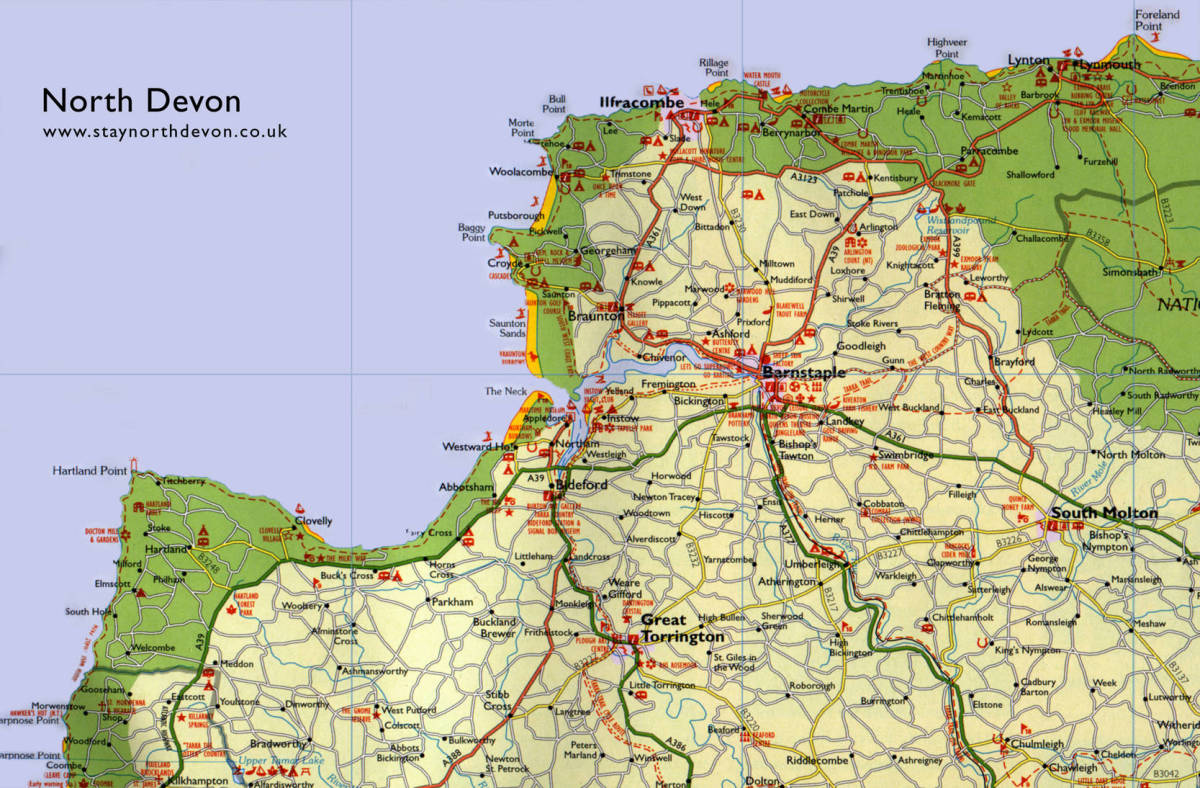- HubPages»
- Travel and Places»
- Visiting Europe»
- United Kingdom
Visiting Two Adjacent Church Buildings at the Mall, Armagh City, Northern Ireland: First Presbyterian and Gospel Hall
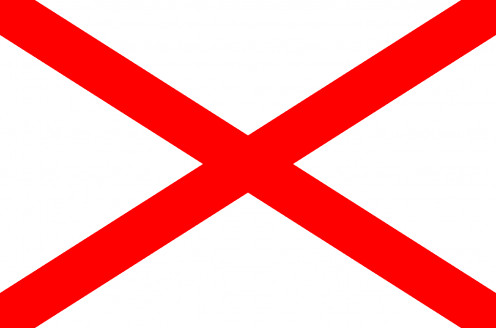
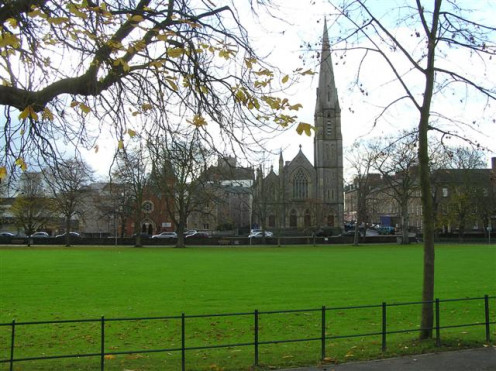
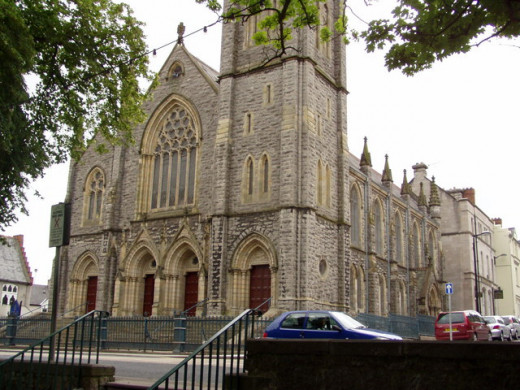
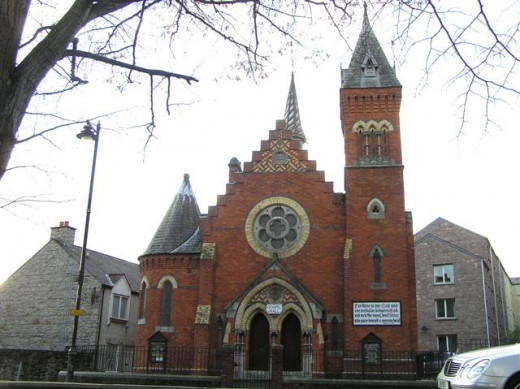
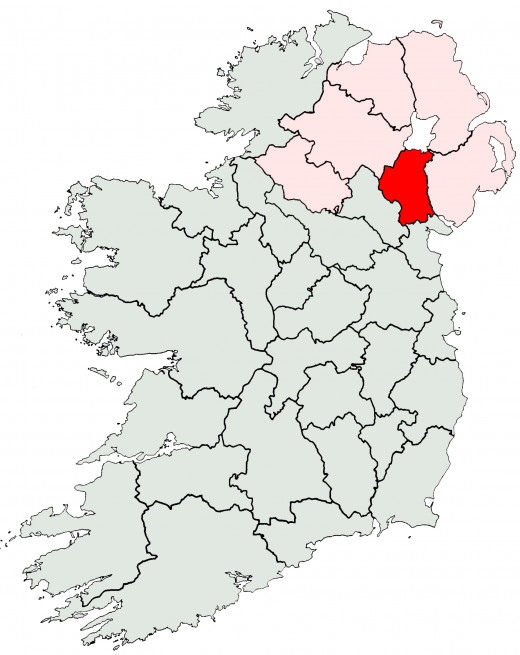
Complex ecclesiastical nuances
Armagh City, Northern Ireland, is sometimes referred to as the Ecclesiastical Capital of Ireland. This is interesting in itself, because, strictly speaking, what is now Northern Ireland has had no officially established church since 1869. (The rôle of the Roman Catholic church in the Republic of Ireland has been somewhat more complex.)
Thus, there are two cathedrals in Armagh City named for St. Patrick: one Protestant (Church of Ireland, or Anglican) and the other Roman Catholic. These two buildings are comparatively close to one another in the City.
An elegant, green area of Armagh City is known as The Mall. This is a peaceful expanse on which cricket is sometimes played. This locality is also imbued with striking church buildings, which — similarly to the two cathedrals — are close to one another; in fact, they are virtually adjacent.
Presbyterians, by virtue of the absence of episcopacy and formal dioceses, and because of the asserted equality of ministers within a presbytery, do not have cathedrals. First Armagh Presbyterian Church is nevertheless an immense, cathedral-like edifice. Its building materials are a combination of Armagh limestone and Dungannon sandstone. Dating from 1879, it has four arched entrances at its Mall West elevation, pronounced buttressing and a tower, with an octagonal spire reaching a height of 56.4 metres.
With an engaging profusion of pinnacles and pointed arching, its Gothic Revival style element is strong at First Armagh Presbyterian. At certain hours in summer months, the building is open to the public. The presence of a Presbyterian congregation in Armagh is recorded as dating back to 1673.
The towered, red brick Gospel Hall at The Mall is in a combination of styles. Included in these must be Romanesque Revival: Syrian arching and conical roofing bear witness to this style. But also other, pointed arches — particularly the set of arches at the main entrance — and the prominent rose window are suggestive of Gothic style: this has been described as Venetian Gothic.
People associated with autonomous Gospel Halls in Northern Ireland tend not to involve themselves in considerations which might fit them into a broader church spectrum, preferring instead to concentrate on the Gospel as proclaimed and understood in Gospel Halls: for example, a simple, John 3.16 presentation. (Indeed, for formal reasons they would probably deny that the ornate Gospel Hall on The Mall, Armagh City, is even a 'church building'.) But it certainly has an 'ecclesiastical' look to it. Built in 1884, its architect was James Fullerton and its first use was as a masonic hall. The building is not usually open to the public except at service times.
So thus is Armagh City: an Ecclesiastical Capital with two cathedrals but without an established church; Presbyterians who do not have cathedrals, who meet in a church which looks like a cathedral; a Gospel Hall that disclaims being an ecclesiastical building, but which strongly looks like one. Northern Ireland can be very complex.
January 11, 2013
Also worth seeing
In Armagh City itself, in addition to the two cathedrals (mentioned in the second paragraph, above, local historical museums are of particular interest to visitors. There are various, elegant Georgian buildings in the Downtown area.
...
How to get there: United Airlines flies from New York Newark to Belfast International Airport, at Aldergrove, where car rental is available. Ulsterbus maintains a service between Belfast and Armagh City. Please note that some facilities may be withdrawn, without notice. You are advised to check with the airline or your travel agent for up to date information.
MJFenn is an independent travel writer based in Ontario, Canada.
Other of my hubpages may also be of interest
- Visiting the statue of Dr Henry Cooke, Belfast, Northern Ireland: or, why compromise has sometimes b
- Visiting the Crescent, Belfast, Northern Ireland: a varied, architecturally impressive, built enviro
- Visiting the Albert Bridge, Belfast, Northern Ireland: commemorating the ill-fated Prince Albert, Du
- Visiting the statue of Wolfe Tone, in Dublin, Ireland: remembering the leader of the United Irishmen
- Visiting the National Monument, Cork City, Ireland: remembering pre-1916 Republicans
